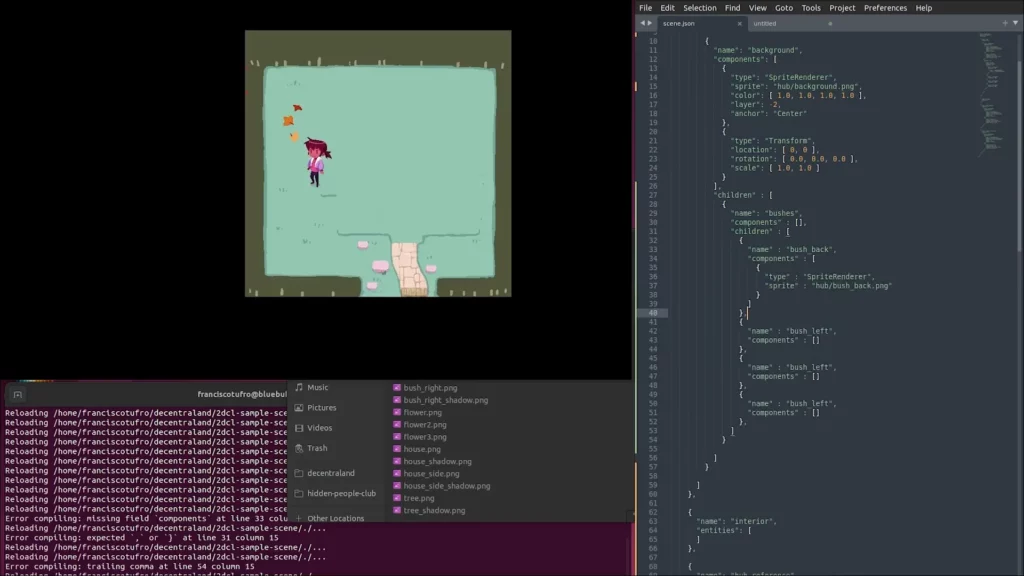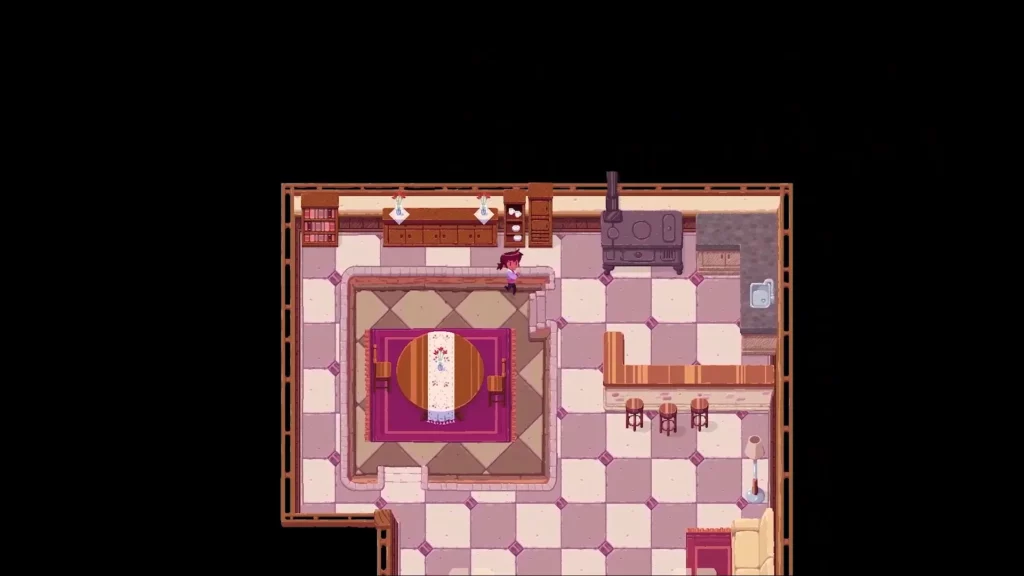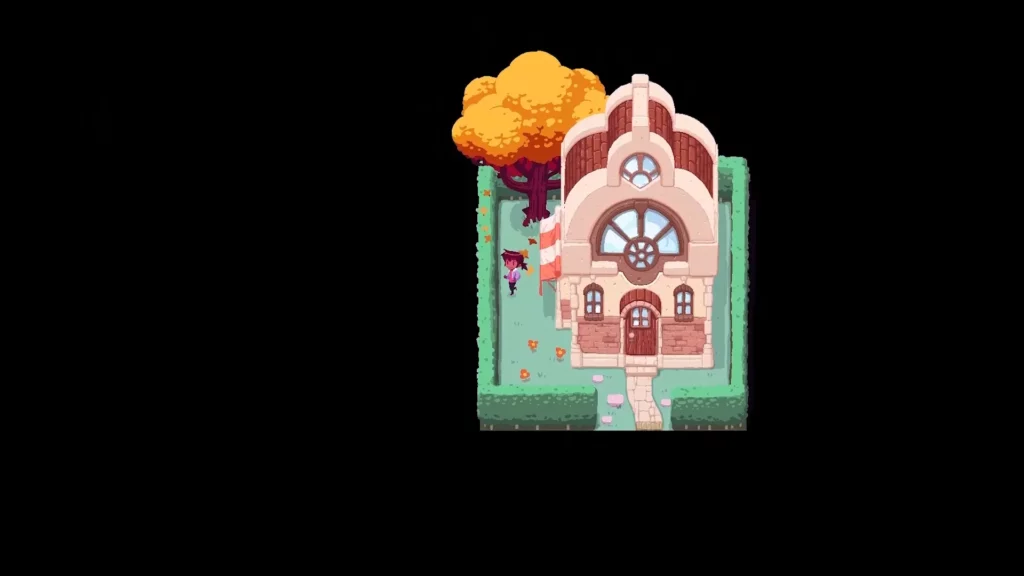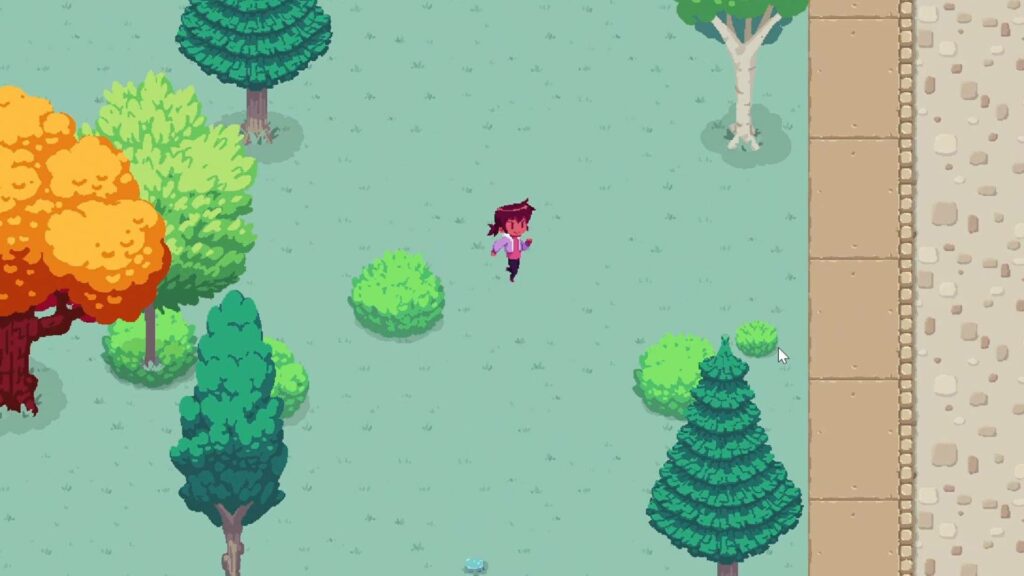2dcl is a project which consists of making a 2D client of Decentraland that doesn’t depend on the explorer made by the Decentraland Foundation. The project is being developed by Fran Tufro (owner of the game studio Hidden People Club) and funded by the Decentraland DAO with a $60k grant.
Background
Fran Tufro first met Manuel Araoz (co-founder of Decentraland) in 2011 at a GameJam organized by a company called Quovis. Years after the creation of Decentraland, Manuel asked Fran to develop something on the platform, an idea that Fran rejected multiple times due to their dislike of the crypto world.
On May 4, 2022, Manuel published on his blog a post called ‘A vision for Decentraland’s next 5 years’. This article convinced Fran that Decentraland could be aligned with their vision and that it was worth developing something on it.
Later, Manuel contacted Fran and asked them if they were interested in requesting a grant on the DAO that could show that Decentraland wasn’t necessarily the explorer (the client of the Decentraland Foundation). Fran accepted and came up with the idea of developing a 2D client written on Rust. On June 28, 2022, a grant for $60k was published that would later be approved on July 12, 2022.
Description
2dcl is not a forked client of the one being developed by the foundation, but instead, a client written in Rust which interacts with the blockchain and the catalysts servers that host what landowners upload. The client doesn’t translate 3D files into 2D, which means that the landowner will need to upload the 2D files (and create a new scene development) to a separate folder inside the main project when deploying. In that sense, nothing that the user has created for the 3D version will take any effect on 2dcl.
In its current beta version, 2dcl allows the player to walk in a 2D environment where each land is represented. The client will be always making requests to the catalyst servers for a representation as the player walks into new lands: If a landowner has uploaded the files for its 2D land, the client will display them, if not, a grass placeholder will be seen.
In terms of development, landowners must upload their PNGs and write the code of the scene on a JSON. Currently, the development of a 2D scene is limited and doesn’t allow the users to make complex things apart from:
- Establishing how many floors a land has
- Positioning sprites/images
- Defining collider
- Changing the color of sprites
Technical barriers
Fran Tufro has manifested in multiple entries on his blog that has found multiple barriers when developing an alternative client. Some of them are related to technical challenges (mostly due to the lack of documentation) and others are related to a difference in philosophy between them and the foundation.
Streets, for example, are property of the DAO but are currently being held by the foundation. This turns into a problem because there is no process for someone to publish the 2D representation of them. For now, streets are being displayed at 2dcl thanks to a sprite that was designed for it, but the content is not being downloaded from the catalyst servers.
Wearables
Wearables will be translated from 3D to 2D in the future. Also, it’s expected to include a process at the DAO where people can add their own 2D representations when submitting wearables. This last thing would require a governance proposal to pass.
Present
On December 22, due to 2 months of delay, the vesting contract got paused until the grantee could return to the main points.




